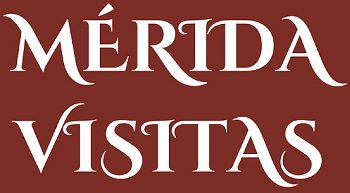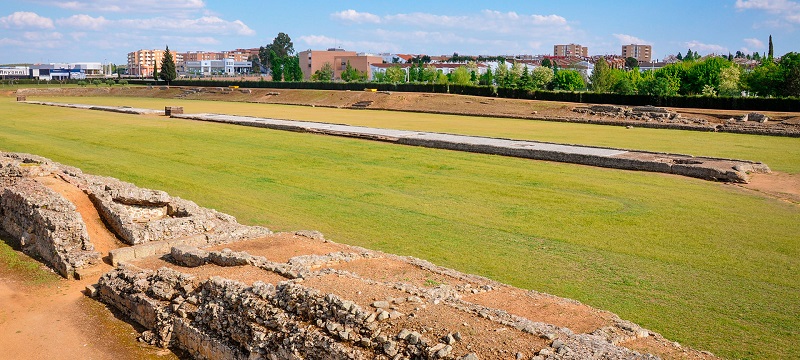
Together with the Theater and the Amphitheater, the Roman Circus was one of the three most powerful recreational spaces in Roman cities. At that time, the three together formed the trilogy of leisure par excellence.
The Roman Circus of Merida is on the outskirts of the Roman city, next to the valley of the Albarregas River, well connected and easily accessible.
Below you will discover a little of its history and you will be surprised by its most interesting facts.
Virtual guide through the Roman Circus
Take a look at this graphic representation of the Roman Circus of Merida and a brief explanation that will help you to get your bearings:
Interesting facts about the Roman Circus of Merida
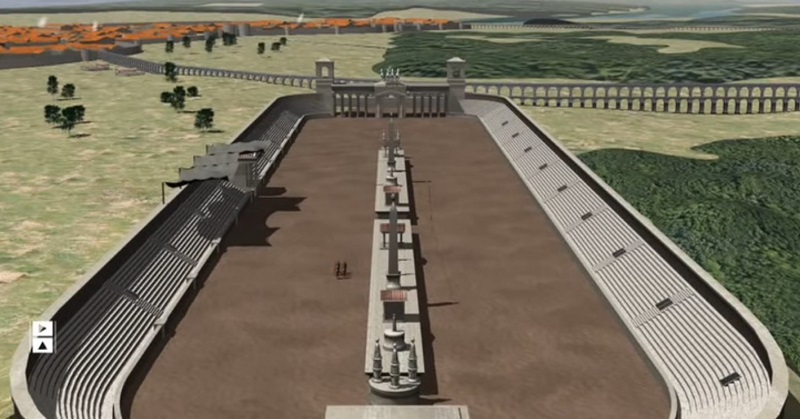
- Since 1993, the circus has been a UNESCO World Heritage Site as part of the Archaeological Ensemble of Merida.
- The Roman circus of Merida is the best preserved circus in Hispania and one of the largest in the Roman world.
- The exact date of its construction is still not known (it is said that it began around the year 20 and its inauguration was around the year 50).
- It was constantly being remodeled and updated due to the fame of its competitions and its acceptance by the public.
- The interior of the Roman Circus of Merida is approximately 30,000 square meters. It has a length of 403 meters and a width of 96.50 m. (115 m. if we include the grandstand).
- This circus could accommodate up to 30,000 spectators.
- The separation wall that we see in its center was called spina and measures more than 230 meters. Today, traces of Roman decoration such as sculptures and obelisks can be seen on it.
- In the perimeter grandstand there were two boxes, one for the judges of the spectacle (tribunal iudicium) and another, the presidential, for the authorities and the people who paid for the games.
- The Roman circus of Merida was used longer than the Theater or the Amphitheater, because the Christians were more benevolent with the spectacles of races.
- It was at the Council of Elvira, held in the early 4th century, that horse racing was banned and the decline of the arena began.
- It was not all chariot races. There were also shows of acrobatics or races of athletes.
What was the racing world like?
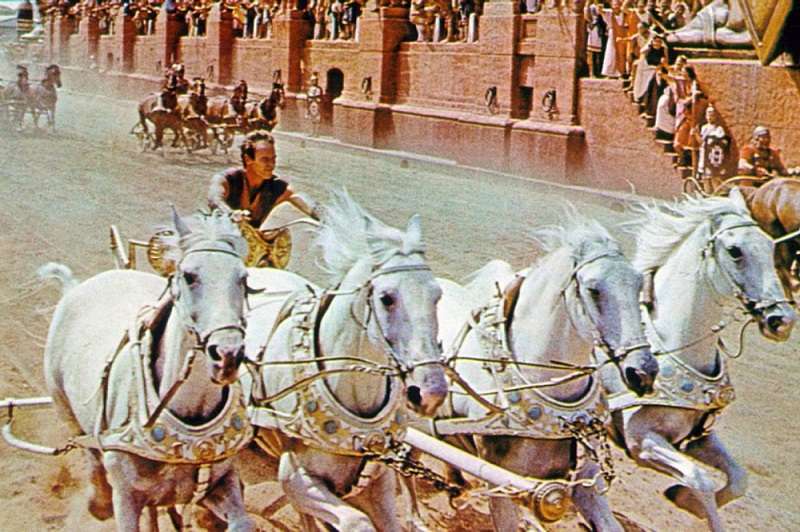
Around the spina ran the chariots driven by the charioteers. Normally they were two-horse chariots (bigae) or four-horse chariots (quadrigae).
The races were called missus and consisted of seven counterclockwise laps.
Before the start of the race there was a draw to determine the starting place of each faction. The factions were distinguished by colors: white, red, blue and green.
The races began when the organizer of the event, the consul or the magistrate threw a white handkerchief (mappa). Then the madness would break out.
Racing was not a matter of speed, but of strategy. The most effective thing was to hinder the opponent’s progress, even more than having fast horses. Not to mention the fact that they could overturn due to excessive speed.
When a car had an accident, overturned or crashed, it was called “wrecked”.
The charioteer had the horse’s reins hitched to his waist, so in case of shipwreck, he would cut the reins early so as not to be dragged by the chariot and horses.
As with many gladiators, many charioteers and their horses achieved fame among the population.
The winner of the race was given money, gifts and a palm which he proudly showed to the public that had supported him. If the winning charioteer was a slave, he would be granted the longed-for freedom.
Nor can we forget the dark side of the shows. We talk about how spells and poisoning rivals were the daily bread.
We leave you with this short animated video about the Roman circus of Merida starring the character Diocles, a charioteer who really existed and achieved fame until he competed in the Circus Maximus in Rome:
Frequently Asked Questions
The normal entrance fee to the Roman Circus of Merida is 6€.
The reduced rate is 3€ and applies to young people between 13 and 17 years of age, youth card holders, students up to 25 years of age, seniors over 65 years of age or retired persons, disabled persons and members of large families.
You can enter for free only if you are a Mérida resident, researcher, MECENAS member or under 12 years old.
The Theater’s winter schedule (from October 1 to March 31) is as follows:
Opening of the Monumental Enclosure: 9:00 a.m.
Closing of Box Office and Access: 6:00 p.m.
Closing of the Monumental Enclosure: 18:30 hours
Remember that you can also access the theater to see a performance even at night.
The Theater will be closed only on December 25, January 1 and January 6.
Of course! Check out the best guided tours in Merida.
The address of the Roman Circus of Merida is Av. de Juan Carlos I, s/n, 06800 Merida, Badajoz. You can see the location on the map here.
More of Merida’s historical heritage
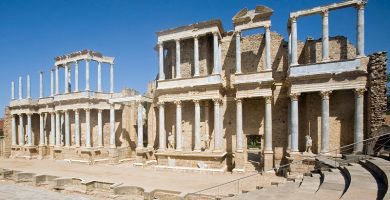
Roman Theater of Merida
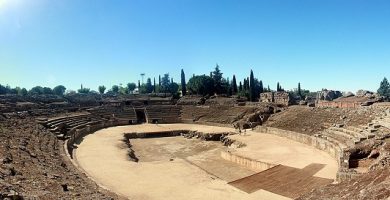
Mérida Roman Amphitheater
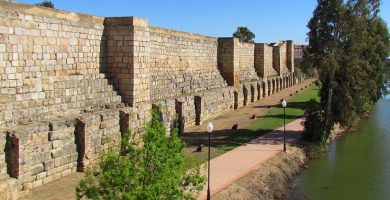
Moorish Alcazaba of Merida
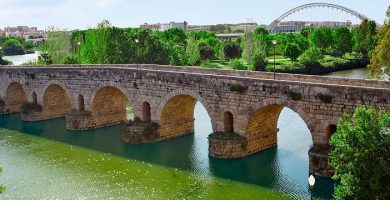
Roman Bridge of Merida over the Guadiana river
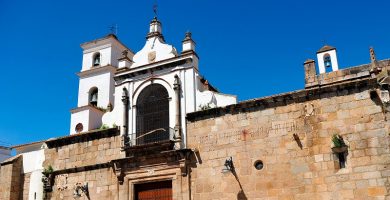
Co-cathedral of Santa María la Mayor of Mérida

Los Milagros de Merida Aqueduct
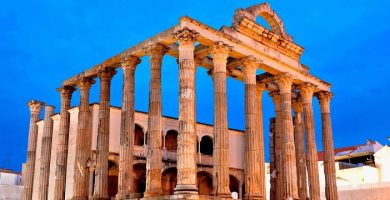
Roman Temple of Diana in Mérida
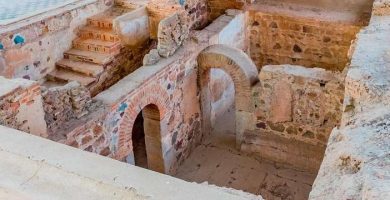
Casa del Mitreo House in Mérida
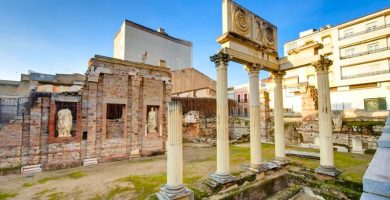
Portico of Merida’s Municipal Forum
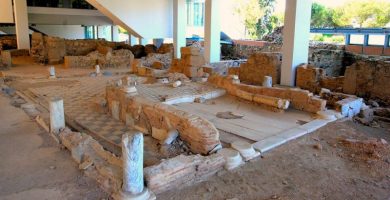
Morería de Mérida Archaeological Site

Plaza de España in Mérida
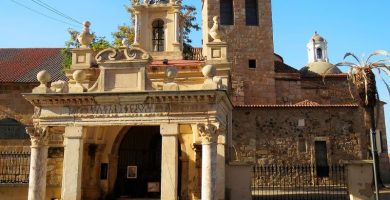
Basilica of Santa Eulalia in Mérida
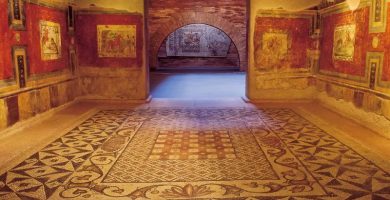
National Museum of Roman Art of Mérida
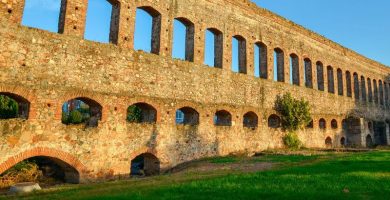
San Lázaro Aqueduct in Mérida
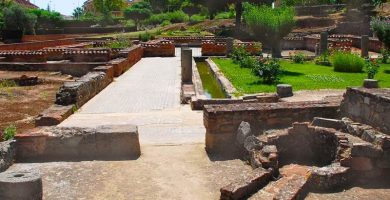
Merida Amphitheater House
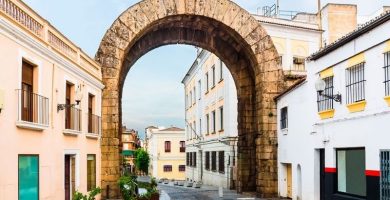
Trajan’s Arch of Mérida
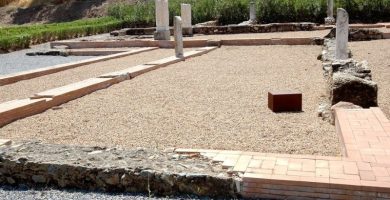
Mérida’s Xenodoquium
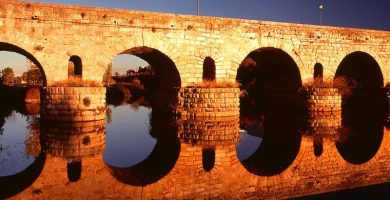
Roman Bridge over the Albarregas
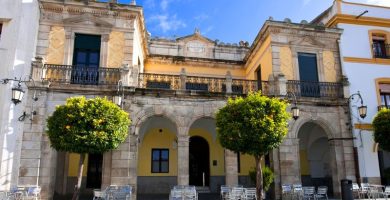
Círculo Emeritense in Mérida
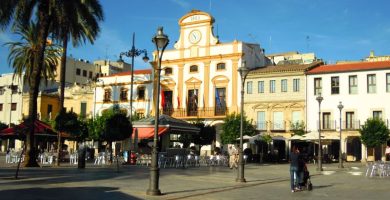
Mérida City Hall
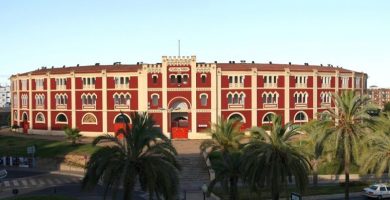
Bullring of Mérida
